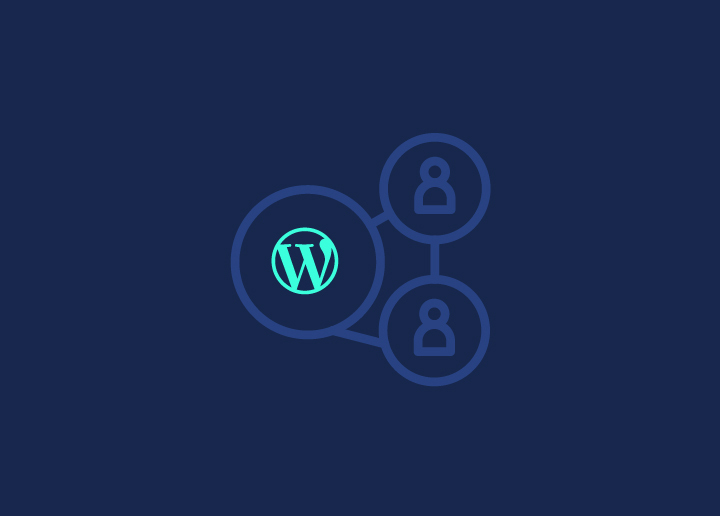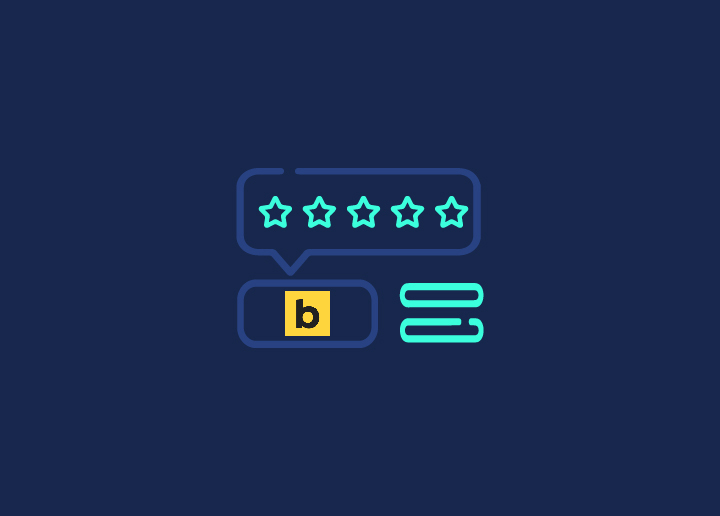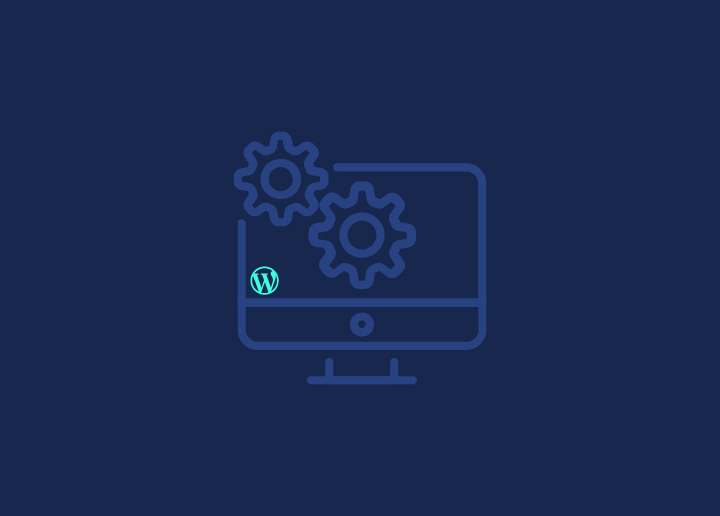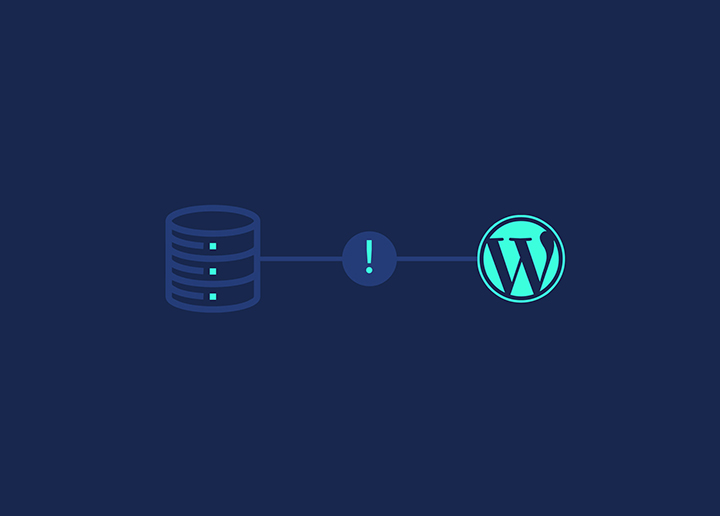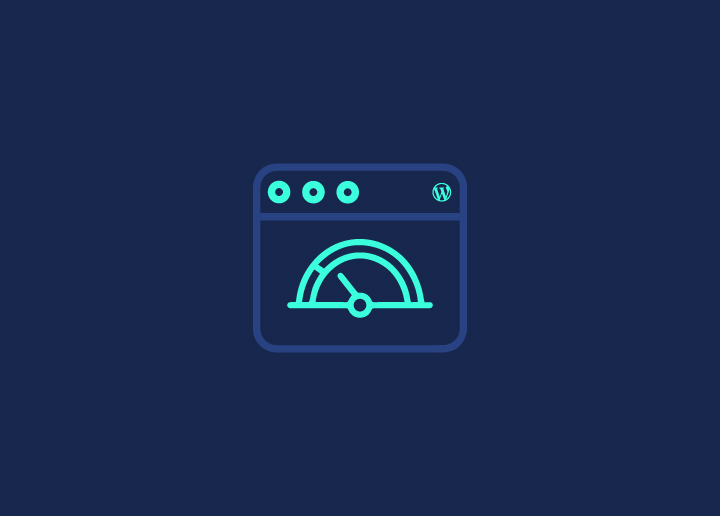WordPress is a content management system (CMS) that was first launched in 2003. It was created by Matt Mullenweg and Mike Little as a fork of the b2/cafelog blogging software. WordPress has since evolved into a powerful, customizable platform for creating and managing websites.
Here’s a breakdown of the WordPress history by year:
2003: WordPress was launched as a fork of b2/cafelog, a popular blogging software. Its creators, Matt Mullenweg and Mike Little, sought to improve the b2/cafe log’s features and create a more user-friendly blogging platform.
2004: The first major release of WordPress, version 1.2, was launched. This release included support for plugins, which made it easier for users to extend the functionality of their WordPress sites. This was a significant step forward for the software, and it helped to establish WordPress as a serious platform for website development.
2005: WordPress 1.5 was released, introducing a new theme system that made it easier for users to customize the look and feel of their websites. Other enhancements included improved support for static pages, better user management tools, and many bug fixes.
2007: WordPress 2.1 was launched, adding several new features and enhancements, including autosave, spell check, and dashboard design. The new dashboard made it easier for users to manage their WordPress sites, and the autosave feature helped to prevent users from losing their work if their browser crashed or they accidentally closed their tab.
2008: WordPress 2.5 was released, featuring a new user interface design and features, including the ability to upload multiple files simultaneously. This made it easier for users to add images and other media to their WordPress sites.
2010: WordPress 3.0 was launched, which merged WordPress and WordPress MU (Multi-User) into a single platform. This made it easier for users to manage multiple sites from a single installation of WordPress. This release also introduced custom post types, which made it easier for users to create and manage different types of content.
2011: WordPress 3.2 was released. This version introduced a new dashboard design and many other enhancements, including improved performance and security. This release also dropped support for older PHP and MySQL versions, which helped make WordPress more secure and reliable.
2013: WordPress 3.6 was launched, introducing a new post formats feature and a new default theme, Twenty Thirteen. The post formats feature made it easier for users to create different types of content, such as galleries, quotes, and videos, while the new default theme helped to showcase these new features.
2015: WordPress 4.2 was released. This version introduced several new features, including an improved theme customizer, faster plugin installs, and support for emojis. The improved theme customizer made it easier for users to customize the look and feel of their WordPress sites, while the faster plugin installs helped to save time and streamline the installation process.
2016: WordPress 4.6 was launched. This version introduced many performance and security improvements, as well as native support for fonts. The performance improvements made WordPress faster and more responsive, while the font support made it easier for users to customize the typography of their websites.
2017: WordPress 4.8 was released. This version introduced new widgets, improved link boundaries, and supported audio and video widgets. The new widgets made it easier for users to add content to their WordPress sites, while the improved link boundaries helped to prevent formatting issues when linking to other sites.
2018: WordPress 5.0 was launched, which introduced a significant change to the platform’s editing experience by introducing Gutenberg’s block-based editor. This release also included a new default theme, Twenty Nineteen, that showcased the editor’s capabilities. With Gutenberg, users can create content using blocks that are easy to move and customize, such as text, images, videos, and widgets.
2019: WordPress 5.2 was released, which focused on on-site health and improved security. It introduced several features, such as enhanced fatal error protection, new dashboard icons, and new health check tools. The update also added a new Site Health status screen that provides users a comprehensive view of their website’s health, including updates, installed plugins, and themes.
2020: WordPress 5.4, launched in 2020, included several new features, such as a new block editor, improved privacy tools, and new ways to embed content. The new editor comes with blocks for social media and buttons, making it easy for users to add social sharing buttons to their posts. The release also included improvements to the privacy features, such as user data export and erasure requests.
2021: WordPress 5.7 was released, which included many new features, such as a new lazy loading feature for images and iframes and improvements to the block editor. The update also added support for HTTP/2, which improves the loading speed of websites. The new version also introduces automatic updates for major WordPress releases.
2022: WordPress 6.0, 6.1, and 6.2 were released, each with its own set of new features and enhancements. These releases introduced improvements to the platform’s performance, security, and accessibility, as well as new features such as improved image editing and a new user interface design for the media library.
2023: WordPress released version 6.2 named “Dolphy,” which included new features and improvements contributed by 600 developers. Some of the critical elements of this release include improved site health checks, enhanced search functionality, and improved support for different types of content. With this new release, WordPress continues to evolve as a powerful, customizable platform for creating and managing websites of all kinds.








